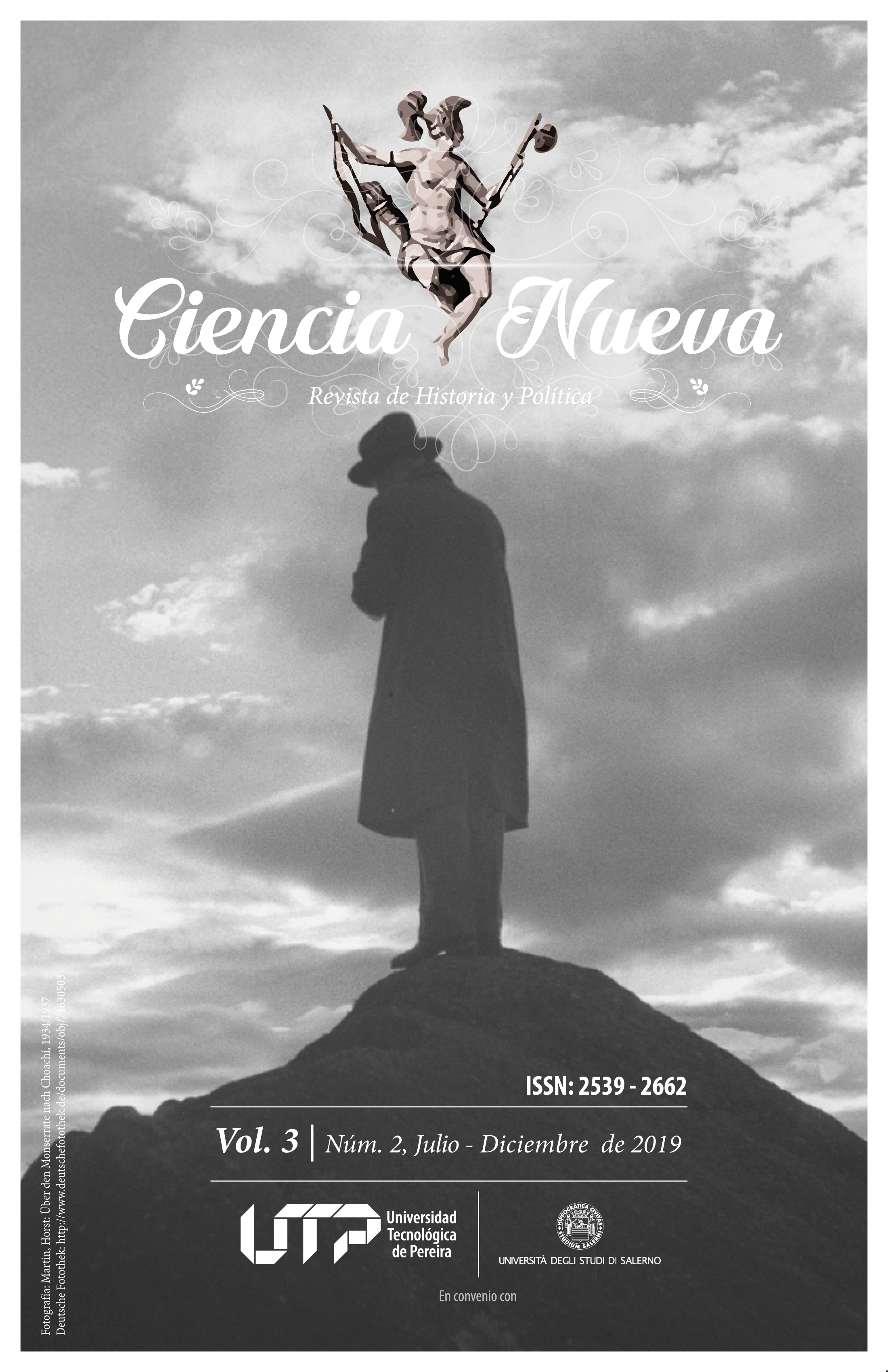Consumption of coffee in the Coffee Cultural Landscape of Colombia (CCLC): The "bad consumer" and the rise of specialty coffee
DOI:
https://doi.org/10.22517/25392662.20931Keywords:
CCLC, patrimonialization, patterns of consumption, specialty coffee, imagined communityAbstract
Drawing from the results of a three months anthropological fieldwork research in the area of the eje cafetero, this article aims to dive into the question of local coffee consumption patterns in the Coffee Cultural Landscape of Colombia. The main object is to reflect on strategies of consumption in a patrimonial context by examining different discourses, ranging from the average “bad coffee consumer” to the slow rise of the chain of cafés especiales. Furthermore, the present article aims to offer a comprehensive analysis on how the structure of the coffee chain impacts consumption patterns, including a reflection on the benefits and limits of the development of specialty coffee.
Downloads
References
Anderson Benedict, Imagined Communities : reflections on the origin and spread of nationalism, London: Verso, 1991, 240 p.
Bushnell David, The Making of Modern Colombia : A Nation in Spite of Itself, Berkeley: University of California Press, 1993, 334 pp.
De Sardan Olivier Jean-Pierre, La rigueur du qualitatif. Les contraintes empiriques de l’interprétation socio-anthropologique. Louvain-La-Neuve : Academia Bruylant, 2008.
Fowler P.J., World Heritage Cultural Landscapes 1992-2002, Paris : Unesco WHO, 2003.
Gomez Barrera Yaffa Nahir Ivette, Cultura Material Cafetera, Colección Maestros, No. 16, Universidad Católica de Pereira, Colombia: Pereira, 2013.
Le Goff Jacques, La Nouvelle Histoire, Editions Complexe, 1978, 333 p.
ONU-CEPAL, El terremoto de enero de 1999 en Colombia: impacto socioeconómico del desastre en la zona del eje cafetero, México, 1999.
Osorio Velazquez J.E, Acevedo Tarazona A. (éds), Paisaje cultural cafetero, Risaralda, Colombia, Universidad Católica Popular de Risaralda, Universidad Tecnológica de Pereira, Colombia : Pereira, 2008.
Paisaje Cultural Cafetero Colombiano, Universidad Tecnológica de Pereira, Universidad de Quindío, 2017,
[available at the address : https://www.flipsnack.com/federaciondecafeteros/7a-edicion-cartilla-paisaje-cultural-cafetero.html].
Rettberg Angelika, Global Markets, Local Conflict: Violence in the Colombian Coffee Region after the Breakdown of the International Coffee Agreement, Latin American Perspectives, Vol. 37, No. 2, 2010, pp. 111-132.
Saldarriaga Ramírez Carolina, Memoria y gestión del patrimonio en el paisaje cultural cafetero colombiano (PCCC), Universidad de Caldas, Manizales, Colombie, 2017, 152 p.
Webgraphy
Coffee Cultural Landscape, an exceptional fusion of nature, collective human effort and culture, World Heritage Site website, https://whc.unesco.org/fr/list/1121/documents, consulted in August 2017.
Comportamiento de la industria cafetera colombiana 2016, available at the FNC website, https://www.federaciondecafeteros.org/particulares/es/quienes_somos/publicaciones/, consulted in March 2018.
Mapped : the countries that drink the most coffee, Telegraph webiste, https://www.telegraph.co.uk/travel/maps-and-graphics/countries-that-drink-the-most-coffee/, consulted in Febrary 2018.
Nuestro cafés especiales, FNC website, https://www.federaciondecafeteros.org/clientes/es/nuestra_propuesta_de_valor/portafolio_de_productos/nuestro_cafe_especial/, consulted in July 2017.
What is Specialty Coffee?, Specialty Coffee Association of America website, Resources, consulted in January 2018.
Downloads
-
Vistas(Views): 1017
- PDF Descargas(Downloads): 393
Published
How to Cite
Issue
Section
License
Copyright (c) 2020 Ciencia Nueva. Revista de Historia y Política

This work is licensed under a Creative Commons Attribution-NonCommercial-NoDerivatives 4.0 International License.
For all articles published in Ciencia Nueva, revista de Historia y Política, the ownership of the exploitation rights of the contents of the journal belongs to the author(s).
The works of this magazine are under the Creative Commons Recognition-NonCommercial-DerivativeLicense:




